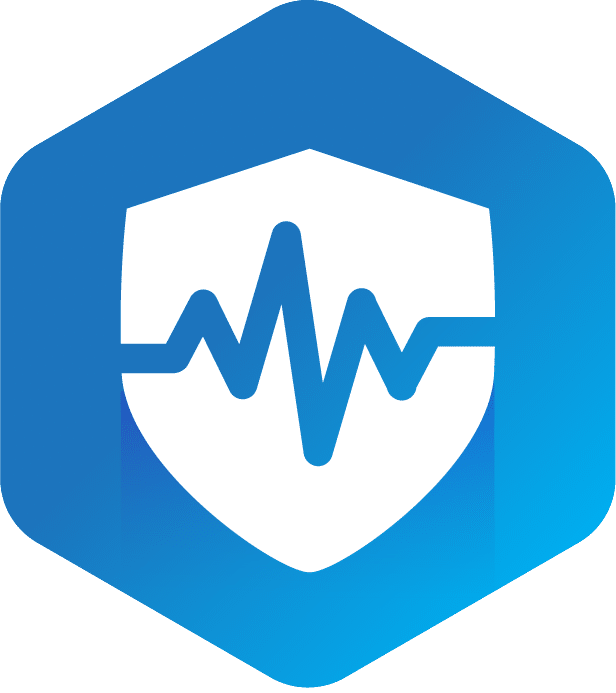Ensuring the security of Protected Health Information (PHI) in texting necessitates adherence to HIPAA regulations and robust encryption protocols. Safeguarding PHI in texting involves obtaining written patient consent and keeping them well-informed about potential security risks. By taking these proactive steps, healthcare providers can ensure secure communication while maintaining patient trust.
Implement stringent technical safeguards such as user authentication, encryption standards, and automatic logoff features to protect against unauthorized access and data breaches. These measures help create a secure environment for transmitting sensitive information.
In accordance with the HIPAA Omnibus Final Rule of 2013, healthcare providers are permitted to communicate ePHI with patients via unencrypted email, provided that the patient consents and acknowledges the associated security risks. This provision underscores the importance of patient email communication under HIPAA. Despite the allowance, utilizing email encryption remains a highly recommended best practice to ensure the highest level of protection against potential breaches.
Implementing secure texting practices proactively helps enhance communication safeguards for text messages. Providers have an opportunity to proactively implement secure practices, ensuring patient data is protected and building a strong foundation for secure communication.
Effective risk management involves balancing timely information sharing with robust security measures, ensuring compliance and safeguarding patient data.
Obtaining and meticulously documenting patient consents is a critical component in guaranteeing compliance with HIPAA regulations when communicating ePHI via email or text messages.
Thorough documentation of patient authorizations is essential, capturing explicit consent from patients and highlighting their understanding of the security measures in place.
Providers must make certain that patient consents for ePHI communication are properly recorded and stored to demonstrate compliance in case of audits or legal scrutiny. This meticulous approach not only safeguards patient information but also fortifies the organization’s adherence to HIPAA standards, thereby mitigating potential legal and financial repercussions.
Properly managed consents and documentation form the bedrock of secure and compliant ePHI communication practices.
To guarantee compliance with HIPAA regulations, healthcare providers must secure explicit patient authorization and document consent before transmitting PHI via text messaging. Adhering to established HIPAA-compliant secure texting guidelines ensures both legal compliance and the protection of sensitive patient information.
Key steps include:
This structured approach mitigates risks and aligns with HIPAA mandates.
While texting PHI, it’s crucial to stay vigilant and proactive in ensuring security and enhancing protection against potential risks such as unauthorized access and data breaches. By staying informed and implementing strong security measures, healthcare providers can ensure a safer and more secure communication environment.
Conducting a thorough risk assessment is important for identifying vulnerabilities in text messaging systems used for PHI. Robust encryption standards are essential to protect sensitive data from unauthorized access. Implementing these standards not only enhances patient trust but also helps avoid any potential legal and reputational issues. Additionally, policies should mandate secure messaging platforms that comply with HIPAA’s technical safeguards.
Regular audits and monitoring are necessary to guarantee continuous adherence to these encryption standards, thereby mitigating the risks associated with texting PHI.
Effective communication with healthcare teams necessitates the implementation of stringent technical safeguards to guarantee the secure transmission of PHI. Ensuring PHI protection while maintaining team coordination and effective information sharing requires adherence to established protocols. Secure communication platforms must be utilized to prevent unauthorized access and breaches.
Key measures include:
For guaranteeing the secure transmission of PHI via text messaging, healthcare providers must implement thorough technical safeguards that align with HIPAA’s stringent requirements. Essential measures include robust user authentication mechanisms to ensure that only authorized personnel can access and transmit PHI.
Encryption protocols are critical to protect data integrity and confidentiality during transmission. Additionally, automatic logoff features must be enabled to prevent unauthorized access when devices are unattended.
Thorough audit controls should be in place to monitor and record all access and activity involving PHI. These technical safeguards are crucial for mitigating risks associated with texting PHI and ensuring compliance with HIPAA regulations, thereby safeguarding sensitive patient information from unauthorized disclosure.
Compliance with Computerized Provider Order Entry (CPOE) requirements is essential for ensuring that patient orders are accurately recorded, authenticated, and promptly integrated into the Electronic Health Record (EHR) system. The Centers for Medicare & Medicaid Services (CMS) mandates strict adherence to CPOE implementation to maintain high standards in healthcare delivery and patient safety.
Key compliance requirements include:
These measures are critical for optimizing patient care and maintaining regulatory standards.
Implementing secure communication tools is paramount for safeguarding Protected Health Information (PHI) and ensuring compliance with HIPAA regulations. Secure communication platforms are essential for healthcare providers to exchange sensitive patient data without compromising confidentiality.
These platforms must incorporate advanced encryption protocols to protect PHI during transmission and storage. Encryption protocols guarantee that data is unreadable to unauthorized users, thereby mitigating risks associated with data breaches.
Additionally, secure communication platforms should include features like user authentication, automatic logoff, and thorough audit controls. These technical safeguards are critical for tracking access and maintaining the integrity of PHI.
Coincidentally, the alignment of HIPAA’s Security Rule with the mandates of the 2013 Omnibus Final Rule and 2018 OCR guidance underscores the critical need for robust technical safeguards in electronic PHI communication.
The implementation of encryption, unique user identifiers, automatic logoff, and audit controls is essential. Ensuring patient consent and thorough documentation further fortifies compliance and risk management, thereby safeguarding patient confidentiality and maintaining the integrity of healthcare communication systems.
What are the HIPAA Security Rules?
The HIPAA Security Rules are a set of comprehensive standards designed to protect electronic protected health information (ePHI). They ensure that covered entities maintain the confidentiality, integrity, and availability of ePHI.
What is considered ePHI under HIPAA?
Electronic Protected Health Information (ePHI) includes any individually identifiable health information that is transmitted or maintained in electronic form. This can encompass a wide range of data, such as medical records, billing information, and test results.
What are the physical safeguards required by HIPAA?
Physical safeguards under HIPAA include measures to protect the physical security of electronic systems, equipment, and data. These measures can involve restricted access to facilities, secure storage of hardware, and proper disposal of electronic media.
What are the administrative security requirements under HIPAA?
The administrative security requirements under HIPAA focus on the policies and procedures that covered entities must implement to ensure compliance with the security rules. This includes conducting risk analyses, training employees on security practices, and establishing contingency plans.
How do covered entities ensure compliance with the HIPAA Security Rules?
Covered entities can ensure compliance with the HIPAA Security Rules by implementing technical security measures, conducting regular risk assessments, and developing comprehensive security policies and procedures. Regular training for employees on security best practices is also essential.
What are some common threats that covered entities face in relation to HIPAA compliance?
Covered entities may face threats such as data breaches, unauthorized access to ePHI, malware attacks, and physical theft of devices. It is crucial for entities to stay vigilant and implement measures to mitigate these risks.
Where can I find more information about the HIPAA Security Rules?
For more detailed information about the HIPAA Security Rules, including guidance on compliance, you can visit the U.S. Department of Health and Human Services (HHS) website at hhs.gov.

